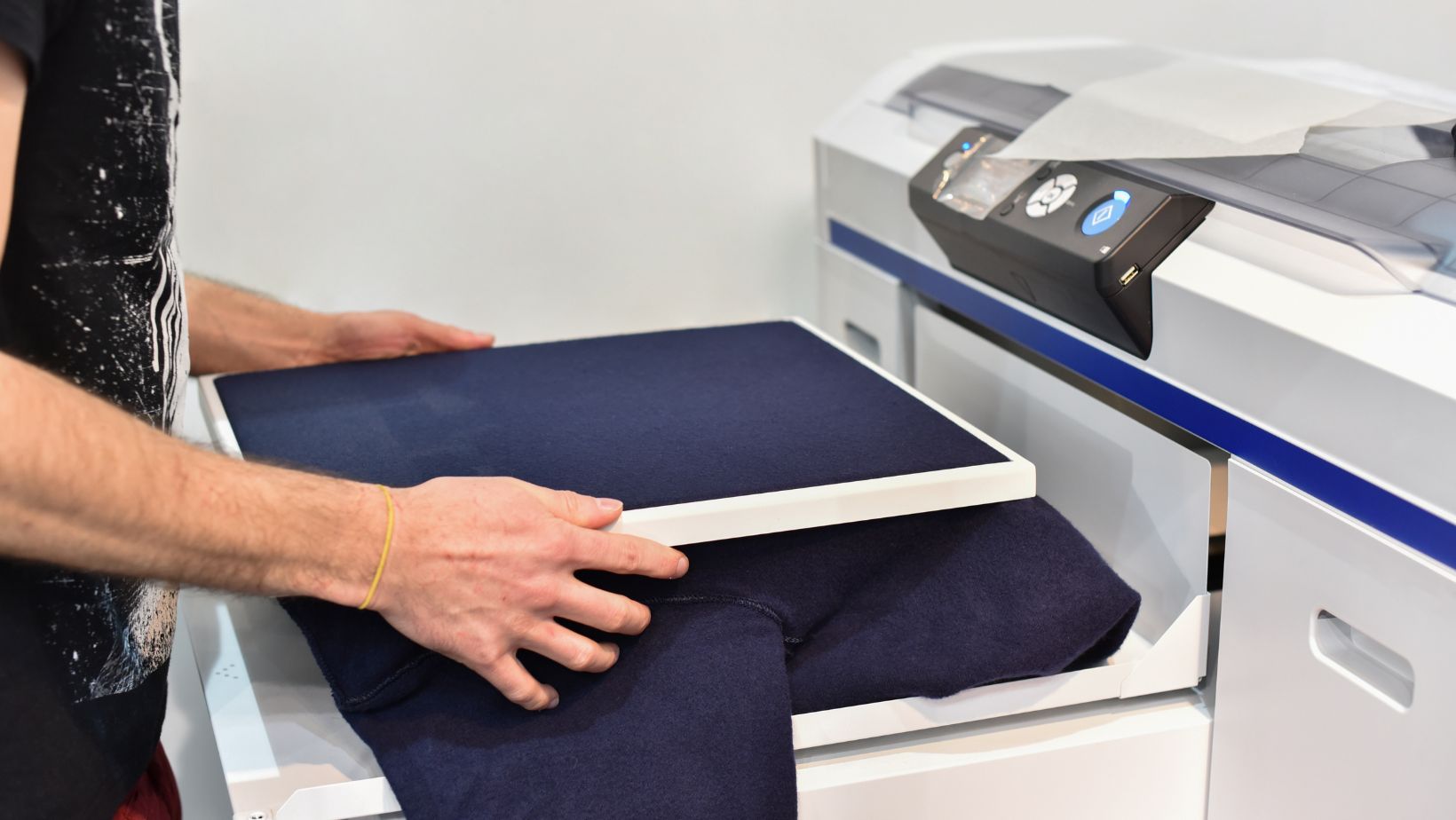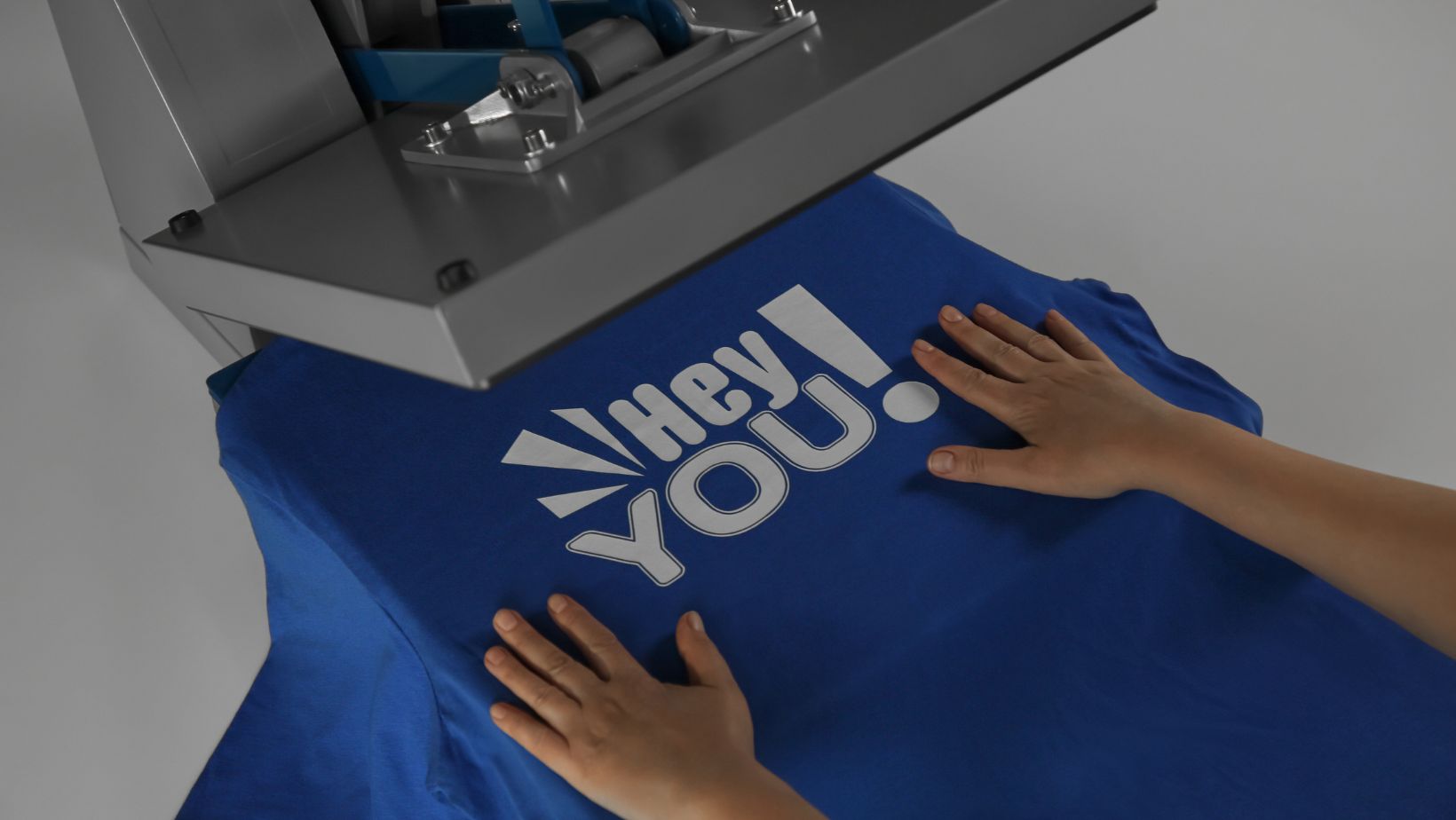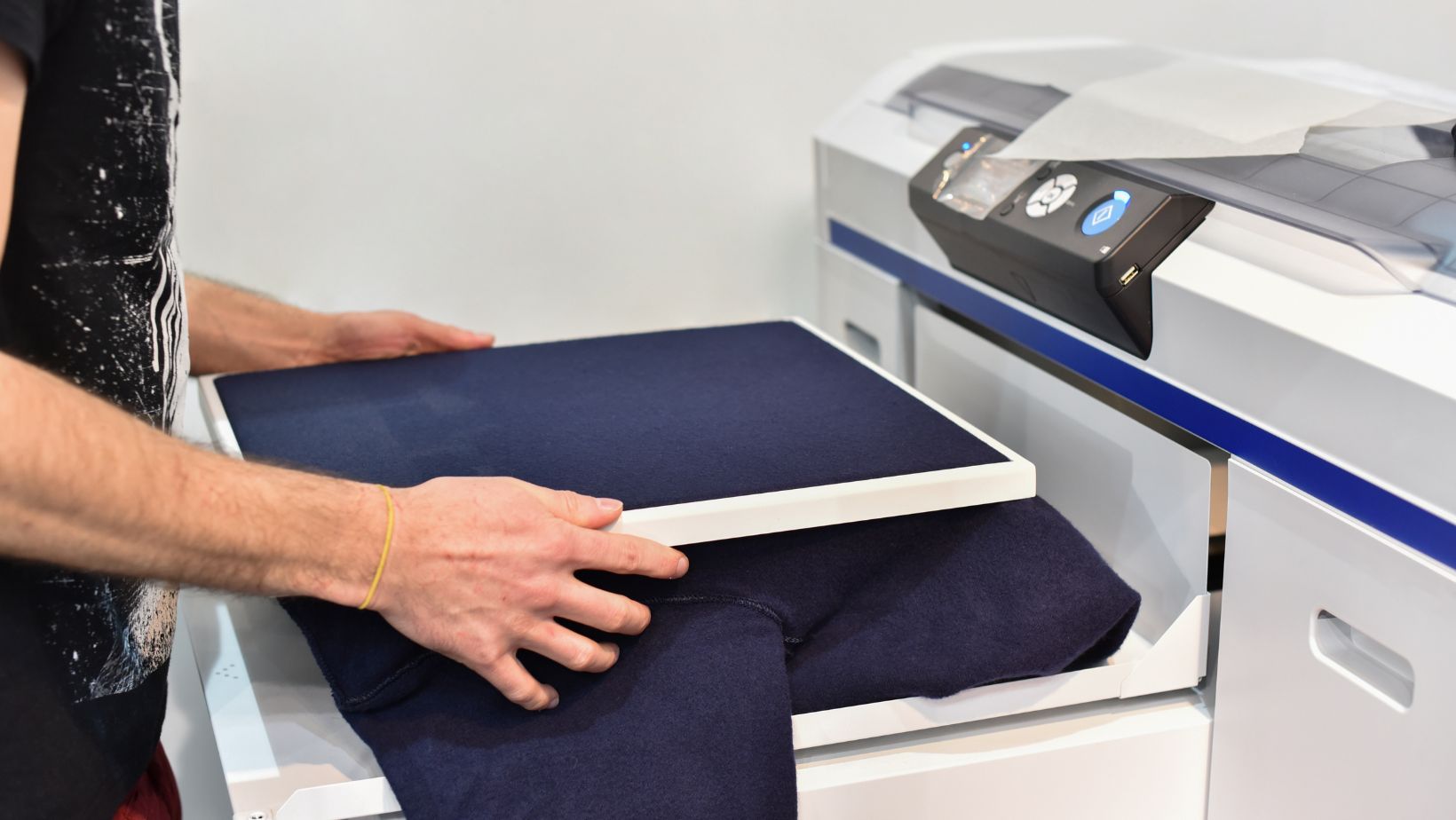
In the printing industry, numerous technologies exist, each boasting its distinct characteristics, pros and cons. Well-known techniques encompass sublimation printing, silk screen printing, direct to fabric (DTG), and thermal transfer printing. This article is set to delve into a comprehensive comparison of dye-sublimation printing against the other methods, identifying their chief strengths and weaknesses. Additionally, we will explore the situations where each method proves to be the best choice.
Advantages Of Sublimation Printing
- Sublimation printing offers high-quality images that are bright, detailed, and long-lasting. These images won’t fade or wash off during cleaning. This technique enables the transfer of even the tiniest details and subtle shifts in color to fabric.
- Durability: Images printed via sublimation are extremely resilient to external factors such as moisture, UV radiation, and mechanical wear and tear. As a result, they are perfect for items like sportswear and promotional products that are often used regularly.
- The sublimation printing process is environmentally friendly due to its lack of chemical solvents and dyes. Additionally, it produces minimal waste, thereby reducing its negative impact on the environment.
- Sublimation printing offers a wide range of applications, allowing printing on diverse surfaces such as fabrics, metal, ceramics, and plastic. This versatility fuels opportunities for creativity and innovation.
When choosing a printing method, it is important to consider all of these factors to ensure optimal results and maximum efficiency. For more tips and quality printing products, you can visit https://www.subliminator.com where you will find everything you need to realize your creative ideas.
Disadvantages Of Dye-Sublimation Printing
- Material Limitations: The most effective use of dye-sublimation printing is on polyester fabrics or those with a specific coating. Its application is limited as it is not suitable for other types of fabric, such as cotton.
- The high cost of equipment such as dye-sublimation printers and inks can be a discouraging factor for small businesses or beginners due to their expensive nature.
- Time Limitations: The sublimation printing procedure may take longer than other methods, posing a potential drawback for large-scale productions.
Advantages Of Silk Screen Printing
- Silk screen printing boasts versatility, as it can be applied to a broad spectrum of materials such as textiles, plastics, metal, glass, and wood, marking it as an exceptionally flexible printing technique.
- Images printed using the silk screen method have high durability. They are highly resistant to wear, moisture, and UV radiation, making them perfect for outdoor use.
- Silk screen printing is cost-effective for large runs, as the cost decreases with an increase in order volume, making it a low-cost option for large runs.
- This method enables the use of extremely vibrant and rich colors, which is crucial for promotional items and apparel.
Disadvantages Of Silk Screen Printing
- Design complexity restrictions: Silk screen printing is not optimal for intricate designs that contain numerous details and gradients. Rather, this method excels when used for sizable and simplistic images.
- Costs of Preparation: The upfront expense of setting up silkscreen frames and equipment can be significant, making it less economical for smaller productions.

- Processing Time: The process of preparing and printing can take a while, particularly when dealing with intricate multi-colored visuals.
Advantages Of Direct To Fabric Printing
- DTG printing’s flexibility and speed enable images to be directly printed onto fabric, making it an efficient and adaptable method. It is perfect for small batches and personalized orders.
- Rewritten: This technique yields detailed and premium quality images which encompass fine lines and gradients. It is therefore perfect for intricate and detailed designs.
- DTG printing is more environmentally friendly as it utilizes water-based inks, which are less damaging to the environment compared to other techniques.
- Ease of use: DTG printers are not complicated to use and do not need extensive training, making this method approachable for small businesses and solo entrepreneurs.
Disadvantages Of Direct To Fabric Printing
- Material constraints: The effectiveness of DTG printing is highest on cotton fabrics, thereby restricting its application on other materials like polyester or nylon.
- Ink expenses: The price for specialty water-based inks used in DTG printers can be significantly high, impacting the total printing cost.
- Durability of Images: Compared to other methods like dye-sublimation or silk-screen printing, images printed using Direct to Garment (DTG) might be less resilient to wear and tear and washing.
Advantages Of Thermal Transfer Printing
- Versatility: The ability to use thermal transfer printing on a variety of materials such as textiles, plastics, metals, and ceramics, showcases its great versatility as a printing method.
- Rewritten: This technique generates images of high resolution and extreme detail, making it perfect for complex designs and photos.

- Thermal transfer printing is a cost-effective option for small runs and individual orders due to its lack of need for complex preparation and costly equipment.
- Speed: The thermal transfer printing process is notably quick, enabling you to receive finished products in a minimal amount of time.
Disadvantages Of Thermal Transfer Printing
- Durability of Images: Compared to other methods like sublimation or silk screen printing, images produced via thermal transfer printing might have less resistance to wear and tear or washing.
- Materials Cost: The price of specific thermal transfer papers and films can be significantly high, influencing the total printing cost.
- Restrictions on size: The dimensions of the image can be a limitation in thermal transfer printing, potentially posing a disadvantage when attempting to print larger designs.
Conclusion
Every printing technique comes with its own distinct pros and cons, and the selection of a specific method is based on numerous considerations like the material type, run, design intricacy, and budget. Sublimation printing is a top-notch selection for producing high-quality, long-lasting images on polyester fabrics and special coatings. Silk screen printing is best suited for large volume printing on diverse materials, however, it’s not as effective for intricate designs.
DTG printing, ideal for small runs and intricate designs on cotton fabrics, suffers from limited longevity and costly ink. Conversely, thermal transfer printing provides versatility and speed, making it suitable for small runs and tailor-made orders, despite its limited durability.



